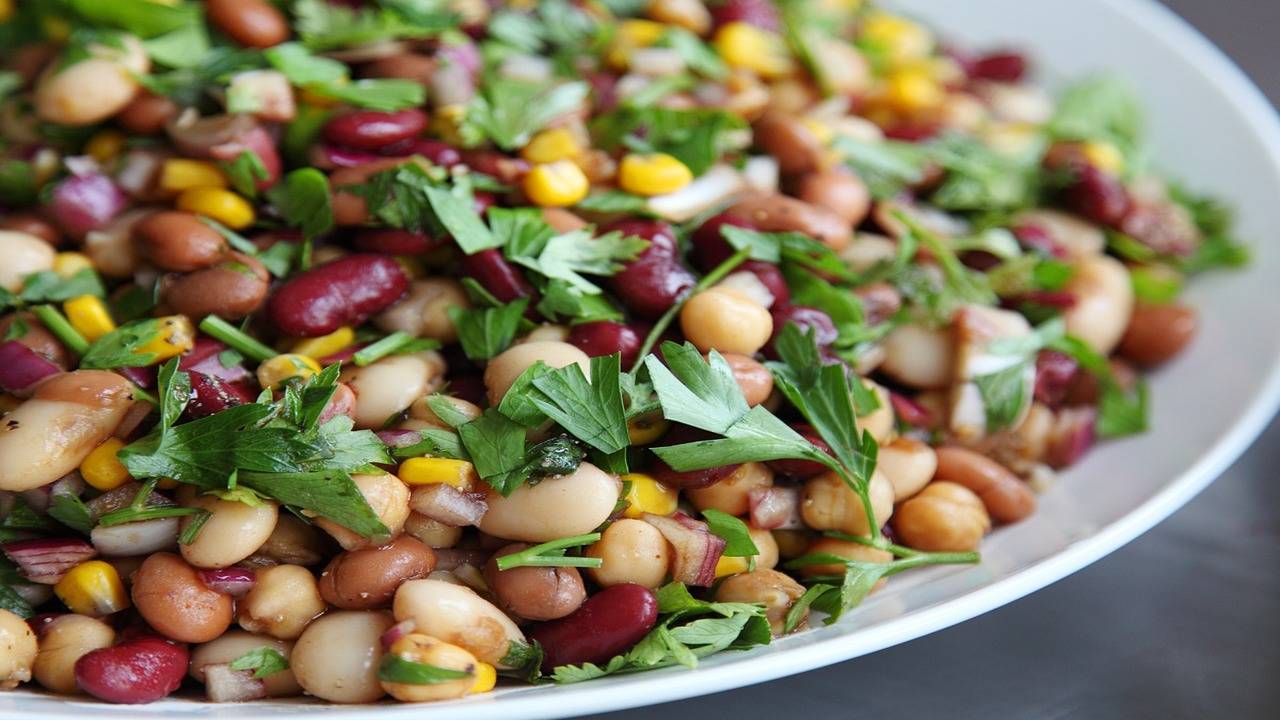It is just one example of paper-bag cookery, as the “The Oxford Companion to Food” calls it: The method of sealing proteins up in paper with a bit of liquid for moist heat and aromatics for flavor has been used by many cultures for centuries for varying types of foods. Fish may be the classic protein, but most lean proteins can be cooked this way.
I’ve tried this with the classic pompano as well as trout, salmon and cod. The only rule of thumb: The fish should be no thicker than about 1 inch.
I like this way of cooking fish because it accomplishes several goals. The moist heat prevents the fish from drying out, and the steamed aromatics penetrate the fish with flavor. Once the fillets are placed in the folded parchment, they bake undisturbed, so there is no need to worry about breaking up fillets while flipping them in a pan. Finally, I find this method doesn’t fill my house with a fishy scent the way some other methods of cooking fish can.
For success, choose thinly sliced or julienned vegetables, such as zucchini and carrots as I did here. Slicing vegetables into ribbons with a vegetable peeler is an easy way to make sure you have evenly sliced vegetables.
Then, select a splash of a flavorful liquid, such as wine or champagne vinegar. You might also consider soy sauce or citrus. The most important issue is then picking fresh herbs to include. Parsley, cilantro, thyme, rosemary, bay leaves … whatever combination you like. (Fresh is best here, but dry herbs will work in a pinch.) Also, I think a dot of butter atop the fish adds a nice finishing touch.
How you fold the parchment is up to you. I cut a large enough piece to fold over the vegetables, herbs and fish. The length of the paper will vary with the fillet shape and size. I fold the parchment in half and then place the food just on top of that center line, fold the parchment over and crimp the edges to seal it tight without pressing the paper against the fish. The steam needs room to push the paper into a bit of a balloon. (Yes, you can use aluminum foil, but it doesn’t make as pretty a presentation.)
The packets of fish are then placed on a rimmed baking sheet and run in the oven.
While the fish bakes, I clean up my prep work. When the fish are done, the packets are transferred to dinner plates and sliced open with scissors or a sharp knife at the table. (The rimmed baking sheet is virtually spotless, leaving you with dinner dishes and little else to clean after eating.)
When that packet is slit open and a bit of steam rises, it brings that herby aroma to your nose as you dig into piping hot, moist fish set against the bright, tender vegetables and herbs.
Some people make a side sauce to spoon over the fish, but I find that with the right combination of herbs, flavorful liquids and a touch of fat, that’s unnecessary.
If I use wine to flavor my fish, I add a splash to each packet and then chill the bottle to have with the meal, which can be rounded out with a lightly dressed green salad.
NOTE: If using bay leaves, discard them before eating.
Ingredients
- 1 lemon
- 1 zucchini (about 10 ounces), peeled and trimmed
- 1 carrot (about 4 ounces), trimmed
- 1 shallot, peeled and thinly sliced
- 3 tablespoons extra-virgin olive oil, divided
- 1 teaspoon fresh thyme leaves or 1/4 teaspoon dry
- 3/4 teaspoon freshly ground black pepper, divided, plus more as needed
- 1/2 teaspoon fine salt, divided
- 2 garlic cloves, thinly sliced
- 4 bay leaves (optional, see NOTE)
- 4 (7- to 9-ounce) skinless, boneless fish fillets, such as pompano, cod or trout
- 1 tablespoon unsalted butter, cut into small pieces
- 1/4 cup dry white wine, such as sauvignon blanc (optional)
- Torn fresh basil leaves, for serving (optional)
Step 1
Position two racks so they are roughly in the center of the oven, with space between them, and preheat to 400 degrees.
Halve the lemon and juice one half; reserve the other half for serving.
Using a vegetable peeler, slice the zucchini and carrot into thin, wide ribbons. In a large bowl, toss the zucchini, carrot, shallot and 1 tablespoon of the olive oil, the lemon juice, thyme, 1/4 teaspoon of pepper and 1/8 teaspoon salt until evenly coated.
Step 2
Cut four (12-by-15-inch) pieces of parchment paper. (The size of the parchment needed may vary depending on the shape of the fillets.) Fold each sheet in half lengthwise, and then open flat. Evenly divide the vegetables, garlic and bay leaves, if using, on one half of each piece of parchment, near the fold. Drizzle a bit of the drippings from the vegetable bowl on top of each pile of vegetables.
Step 3
Pat each fish fillet dry. Use the remaining oil to coat each fillet and sprinkle each with the remaining salt and pepper. Place the fillets on top of the vegetable piles, then dot the fish with butter. Drizzle 1 tablespoon of wine, if using, over each fillet.
Step 4
Fold the empty parchment half over the top of the fillets and roll the edges, crimping to seal tightly. The paper can touch the fish, but should not be pressed against it, so the packets have room to expand.
Step 5
Using a spatula, carefully transfer the 4 bags to one or two rimmed baking sheets (depending on the size of fillets you may need a second baking sheet). Bake for about 12 minutes for thin fillets, 15 minutes if the fillets are more than 1-inch thick. The fish will be opaque and flake and the vegetables will be crisp-tender. To check, remove one packet and gently use a fork to flake the fish, resealing and returning to the oven as needed.
Step 6
Meanwhile, slice the remaining lemon half into 4 wedges.
To serve, place a packet on each dinner plate. Using scissors or a very sharp paring knife, cut open the packet and fold back the opened flap, being careful of any hot steam that escapes. Sprinkle over the fresh basil and a few more grounds of fresh pepper, if using, and serve with a wedge of lemon.
Nutrition Information
Calories: 319; Total Fat: 15 g; Saturated Fat: 4 g; Cholesterol: 93 mg; Sodium: 425 mg; Carbohydrates: 7 g; Dietary Fiber: 2 g; Sugar: 2 g; Protein: 38 g.






